The 2024-2025 school year is the first year that 9th grade students studying under the 2018 General Education Program will take the 10th grade entrance exam. The early provision of the format structure and sample exam questions by the Hanoi Department of Education and Training will help students have a specific orientation and review strategy right from the beginning of the school year.
Initial assessment of the exam structure, according to teachers, the sample exam for the 10th grade entrance exam in Hanoi for Math has a structure quite similar to previous years' exams, still consisting of 5 major problems, each problem consisting of many small ideas arranged in order from easy to difficult, with a test time of 120 minutes.
"However, the test content has a reasonable increase in some factors related to practical applications to gradually approach the orientation of assessing capacity in accordance with the goals and requirements for developing learners' capacity and qualities according to the 2018 General Education Program" - commented teacher Nguyen Manh Cuong, Hocmai Education System.
"The exam retains 60-70% of the traditional structure but has been innovated in content and question-making methods, helping to evaluate students more comprehensively. The innovation is reflected in the classification of knowledge content of the lessons, the interleaving of question types and especially the increase of practical problems" - teacher Do Van Bao, Tuyensinh247 assessed and also believed that this reflects the correct orientation of the new education program, focusing more on testing students' ability to apply knowledge and synthesize thinking.
According to the teacher's analysis, the knowledge content in the exam includes: Numbers and Algebra, Geometry and Measurement, Statistics and Probability. Of which, the Numbers and Algebra knowledge chain accounts for the largest proportion (4.5 points/10 points). Some knowledge and types of questions in the sample exam have quite a lot of similarities with the entrance exam questions of previous years but are slightly less difficult. The increase in questions related to practical applications aims to test students' reading comprehension and mathematical modeling ability; thereby classifying candidates.
Specific comments on each sentence are as follows:
Lesson I: Knowledge of Statistics and Probability. This is new knowledge in the program. The knowledge tested in this problem closely follows the program's requirements, does not cause difficulties or puzzles for students.
Part II: Knowledge of Numbers and Algebra. This is a question of the type that often appears in the exams of the Hanoi Department of Education and Training from the past to the present.
Part III: Knowledge of Numbers and Algebra, including 3 questions, 2 of which are related to practice, requiring candidates to be able to analyze the problem, choose keywords and key facts to solve the problem. In addition, the 3rd question is not difficult, aiming to test knowledge about the solution of a quadratic equation.
Part IV: Knowledge of Geometry and Measurement, testing knowledge of plane geometry and solids in practice. Question 2 (Part IV) is still a difficult question to classify candidates. The types of questions on solids in practice are expanded and go deeper than previous exams according to the old program.
Lesson V: Knowledge of Numbers and Algebra. This is an interdisciplinary problem, not only testing the practical application of knowledge about inequalities but also testing knowledge about spatial geometry. To solve this problem, students need to have a solid grasp of knowledge, good reading comprehension and thinking skills, and be flexible in transforming and solving problems.
According to teacher Do Van Bao, the advanced level focuses on questions about geometric proofs, practical problems related to spatial geometry, and problems calculating bank interest rates that require students to have good logical thinking and the ability to apply knowledge in practice. These questions will often be a challenge for students with average academic ability.
In general, the difficulty of the exam is moderate, with clear differentiation to select good students.
In previous years, the exam often clearly differentiated between good and average students through pure algebra and geometry questions. The sample exam has added a practical element, requiring students not only to have knowledge but also to understand how to apply that knowledge to specific situations.
Illustrative exam questions for Math according to the 2018 General Education Program announced by the Hanoi Department of Education and Training on August 29:
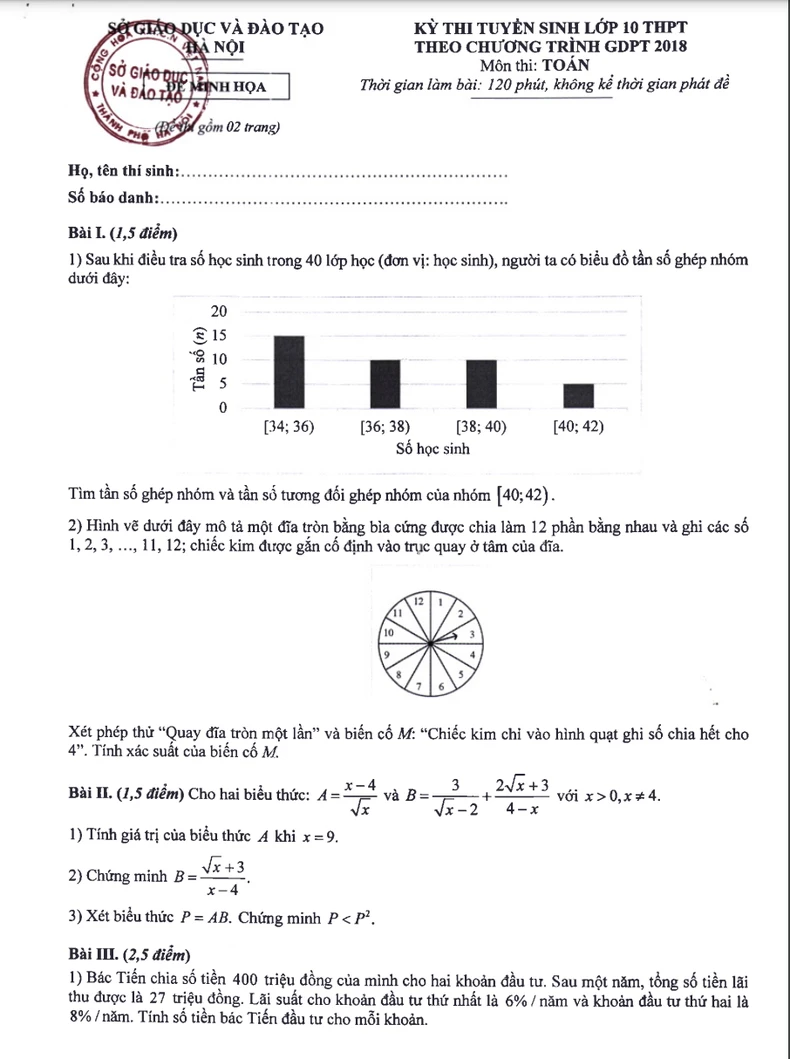 |
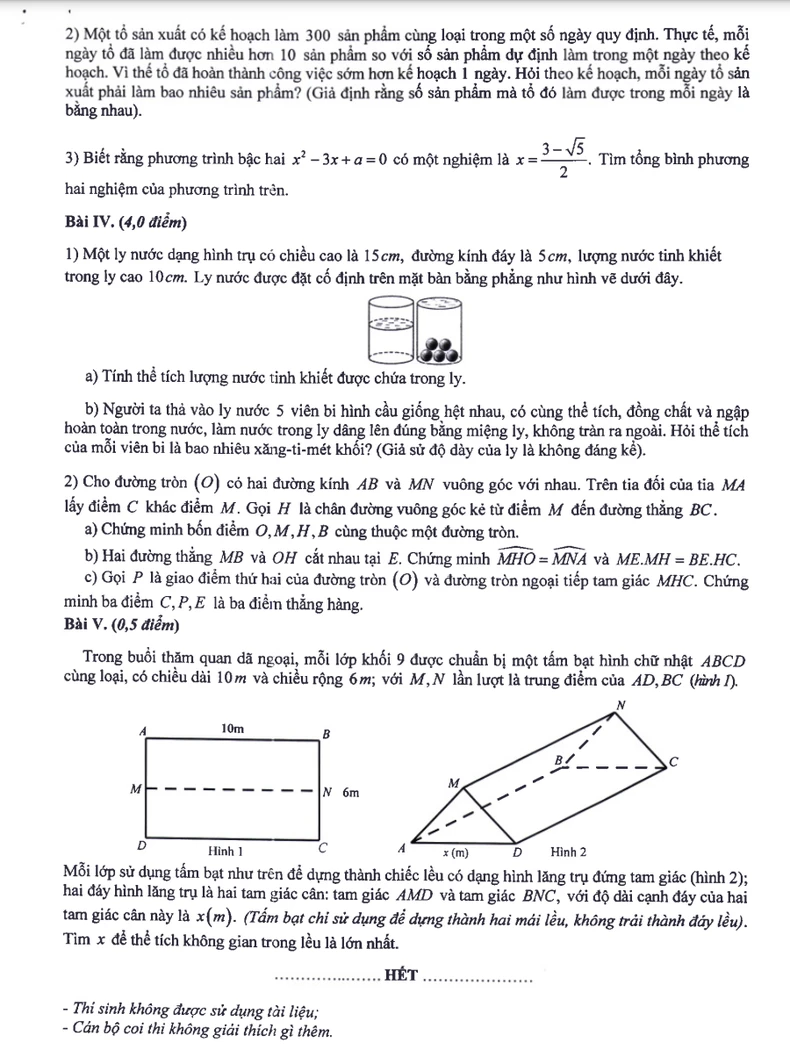
Source: https://nhandan.vn/giu-hinh-thuc-tu-luan-de-minh-hoa-mon-toan-thi-lop-10-ha-noi-moi-la-ve-noi-dung-post827509.html














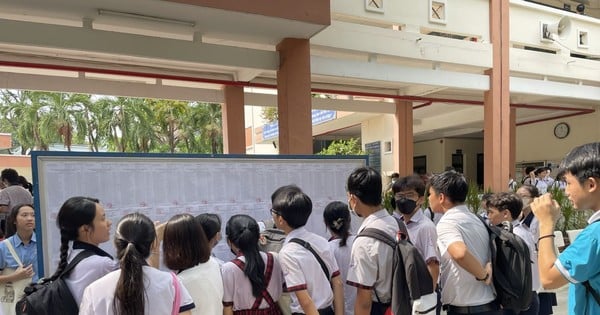
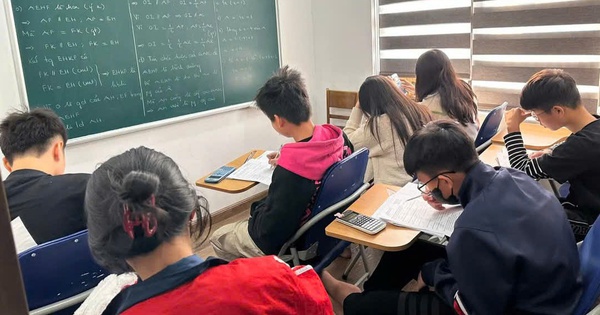














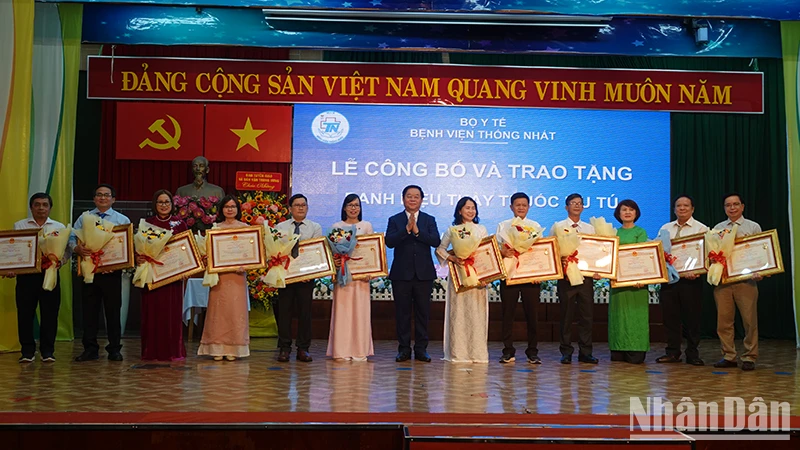
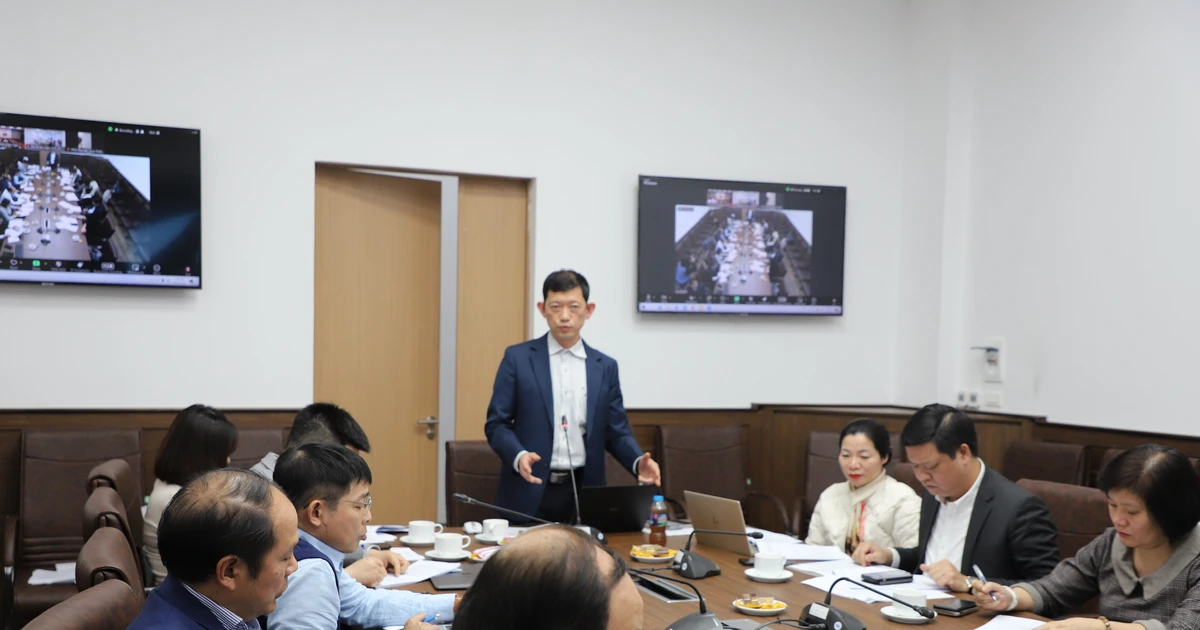


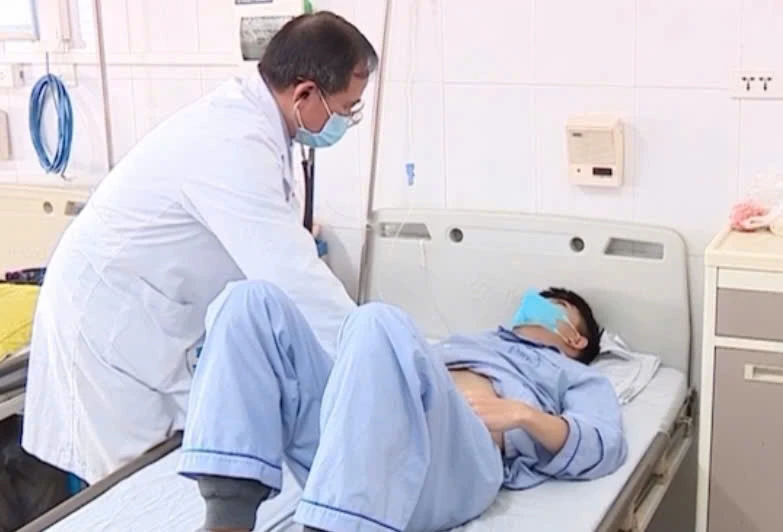








Comment (0)